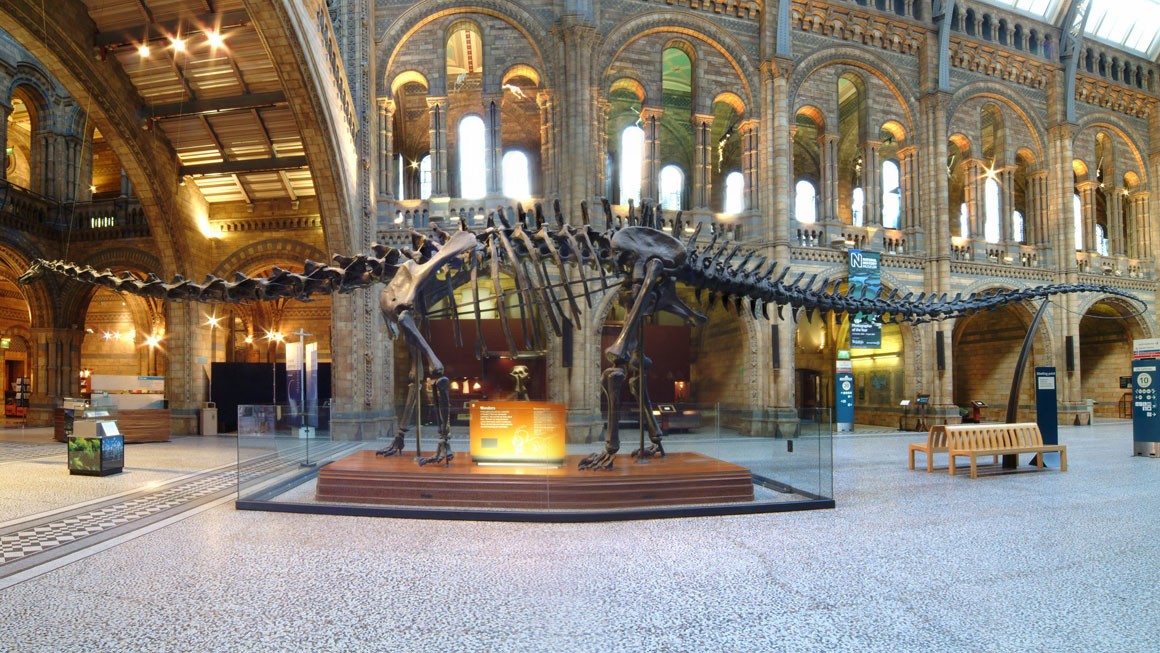Natural History Museum
London, United Kingdom

Visit the Natural History Museum in London, United Kingdom—a world-famous historical site and must-see attraction featuring iconic architecture, dinosaur fossils, rare gems, and interactive exhibits. Perfect for family-friendly tourism, this free museum is open daily and offers unforgettable things to see in London.
The Natural History Museum in London is one of the world’s most celebrated cultural landmarks, attracting millions of visitors each year with its awe-inspiring collection and iconic architecture. Originally established in 1881, the museum was built to house the nation’s growing collection of natural specimens and to make scientific knowledge accessible to the public. Designed by Alfred Waterhouse, the building is a masterpiece of Romanesque Revival architecture, often referred to as a “cathedral to nature.” Its intricate terracotta façade, adorned with carvings of flora and fauna, reflects the very wonders it contains within. A Treasure Trove of Wonders When you visit the Natural History Museum, you’ll find over 80 million specimens spanning botany, zoology, paleontology, mineralogy, and more. Highlights include the towering blue whale skeleton suspended in Hintze Hall, the legendary Diplodocus cast known as “Dippy” (which has toured the UK), and the dazzling Vault housing some of the world’s rarest gems and minerals. The Earth Hall, dominated by a glowing globe sculpture, takes visitors on a journey through our planet’s geology, while the Darwin Centre offers a behind-the-scenes look at scientific research in action. What Makes It Unique Unlike many historical sites in the United Kingdom, the Natural History Museum combines world-class science with captivating storytelling. Few museums can match its combination of grand architecture, family-friendly interactive exhibits, and commitment to both history and innovation. Fun fact: the terracotta tiles of the museum’s façade were specifically chosen to resist London’s polluted air in the late 19th century—and they still shine today. It’s also home to specimens collected by none other than Charles Darwin. Visiting Today Today, the Natural History Museum is not just a static display of artifacts—it’s a thriving research institution, a hub for global scientific collaboration, and a favorite destination for families, students, and travelers alike. Admission is free, although some special exhibitions require tickets. The museum is open daily from 10:00 am to 5:50 pm (last entry at 5:30 pm), and it’s fully accessible to visitors with mobility needs. To make the most of your visit, arrive early to explore the major galleries before they get crowded, and don’t miss the seasonal Wildlife Photographer of the Year exhibition for breathtaking nature photography. Whether you’re interested in dinosaurs, gems, human evolution, or the mysteries of the deep sea, Natural History Museum tourism offers a fascinating journey through time and nature’s wonders—right in the heart of London.
Location
Coordinates: -0.1764, 51.4967
View on Google Maps



